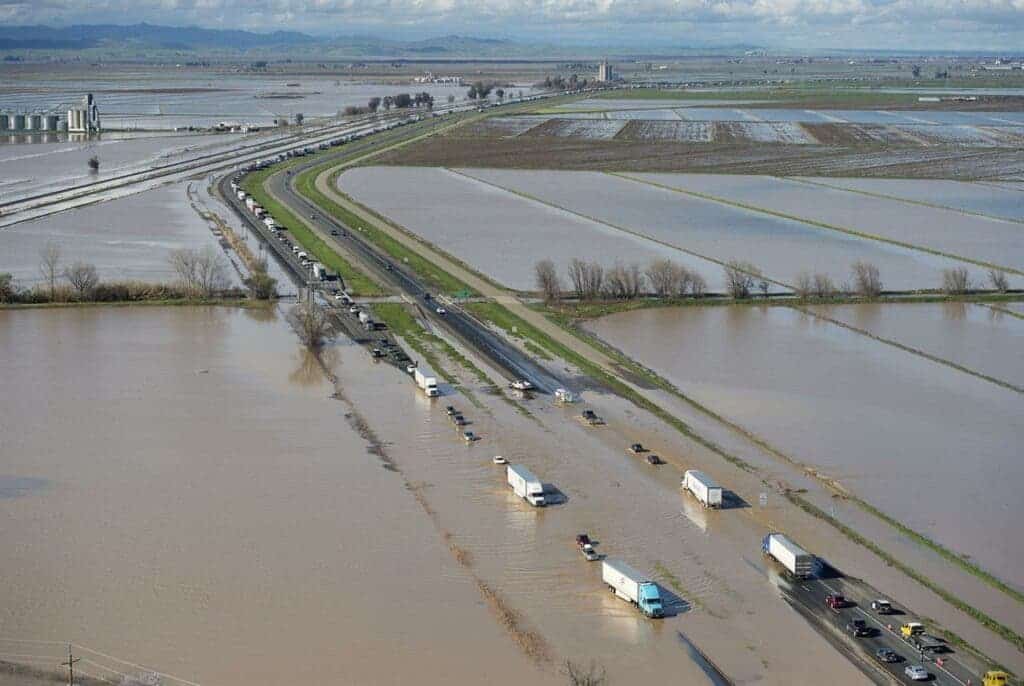The entire state of California could see a 54% increase in rainfall variability by the end of the century, according to a new study, which predicts fluctuations in extremely dry and wet weather in the entire West Coast of the United States.

Wenyu Zhou, a postdoctoral researcher at the Lawrence Berkeley National Laboratory, and his team focused their research on the Madden-Julian oscillation (MJO) — an atmospheric phenomenon that influences rainfall in the tropics and can trigger everything from cyclones over the Indian Ocean to heatwaves, droughts, and flooding in the United States.
Researchers were surprised by the magnitude of the effect: 54% more rainfall variability by the end of the century
Although recent studies have investigated the response of the MJO to anthropogenic climate change, not much is known yet about its potential impact on teleconnections. As the Earth’s climate warms, the dynamics controlling MJO are set to expand eastward, causing a huge uptick in extreme weather in California, the study showed.
“I was surprised by the magnitude of the effect,” said Da Yang, an assistant professor with the UC Davis Department of Land, Air and Water Resources, in a press release. “A 54% increase in rainfall variability will have very significant impacts on agriculture, flood control and water management.”
The study showed that the MJO teleconnection pattern during the boreal winter will likely extend further eastward over the North Pacific. This is mainly due to an eastward shift in the exit region of the subtropical jet, to which the teleconnection pattern is anchored, and assisted by an eastward extension of the MJO itself.
The eastward-extended teleconnection enables the MJO to have a greater impact downstream on the Northeast Pacific and North American west coast, the researchers argued. Over California specifically, the study projects a 54% increase in MJO-induced precipitation variability by 2100 under a high-emissions scenario.
Yang and his team used satellite observations and computer models to study the physics of rainstorms and atmospheric circulation in a changing climate. They are now working to understand what environmental factors control the size and duration of rainstorms and how the collective effects of rainstorms, in turn, shape Earth’s climate.
About 85% of California’s population live and work in coastal counties. The sea level along California’s coasts has risen nearly 8 inches (20cm) in the past century and is projected to rise by as much as 20 to 55 inches (50 to 139cm) by the end of the century, according to government estimations.
This could put nearly half a million people at risk of flooding by 2100, and threaten $100 billion in property and infrastructure, including roadways, buildings, hazardous waste sites, power plants, and parks and tourist destinations. Coastal erosion could have a significant impact on California’s ocean-dependent economy, which is estimated to be $46 billion per year.
The study was published in the journal Nature.






